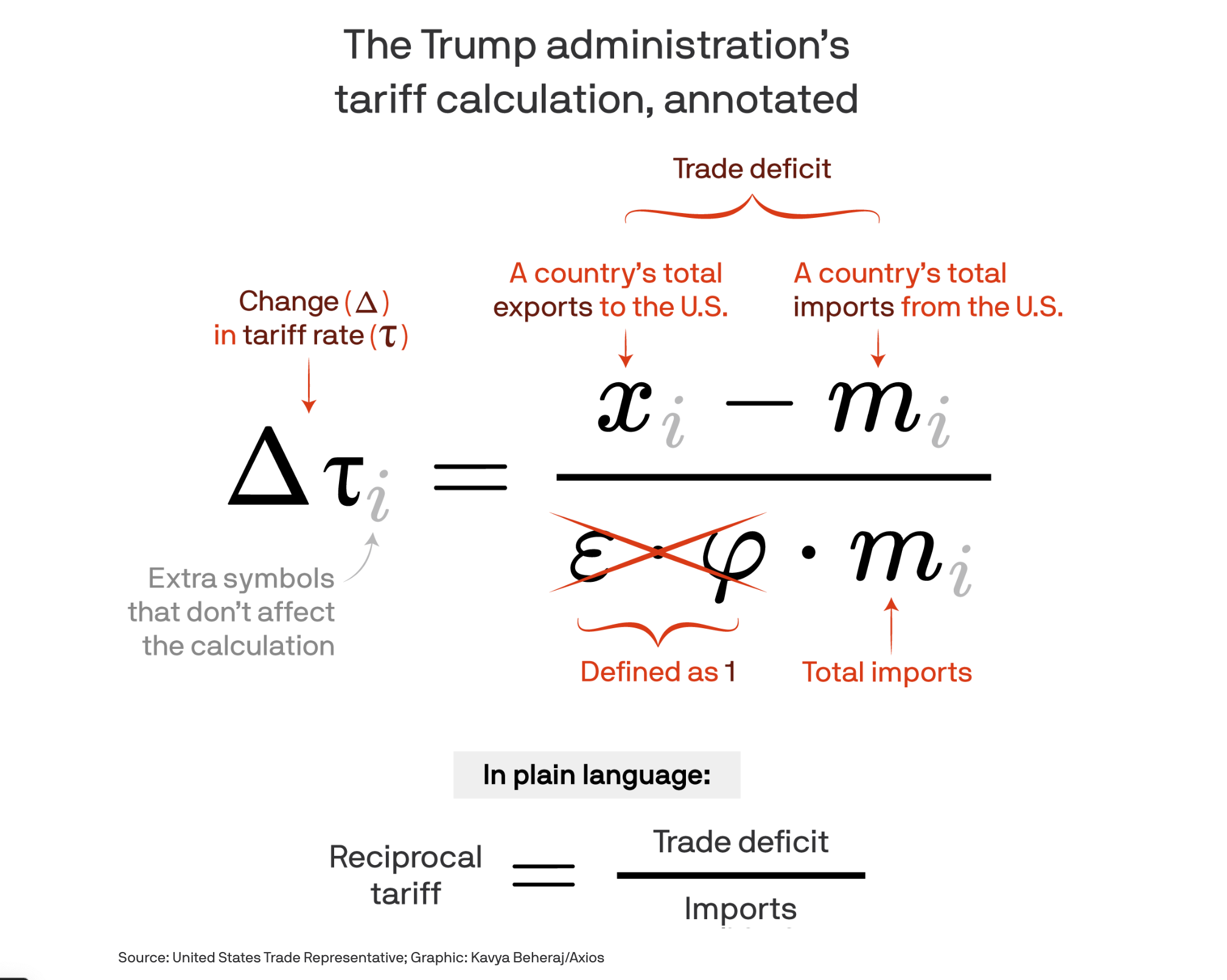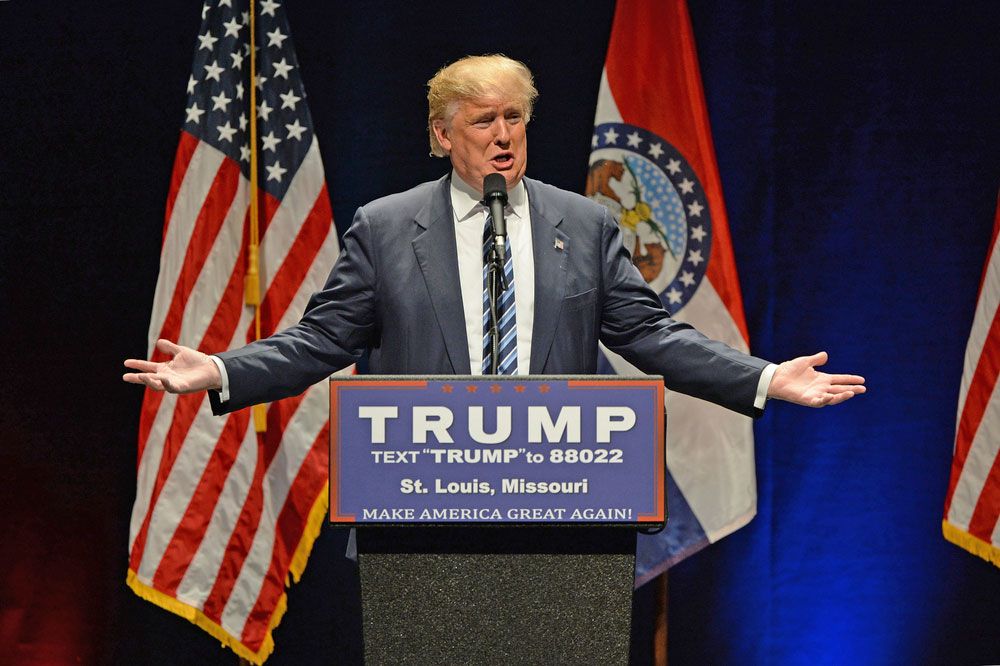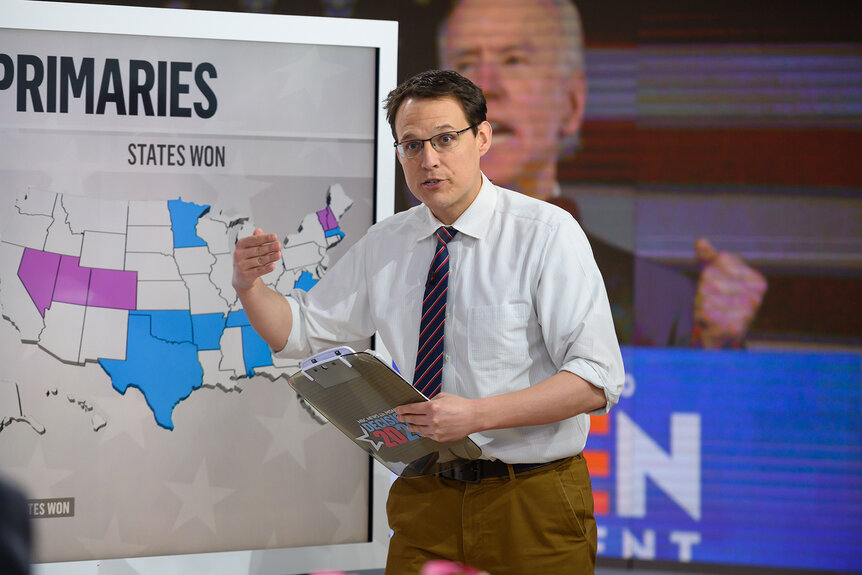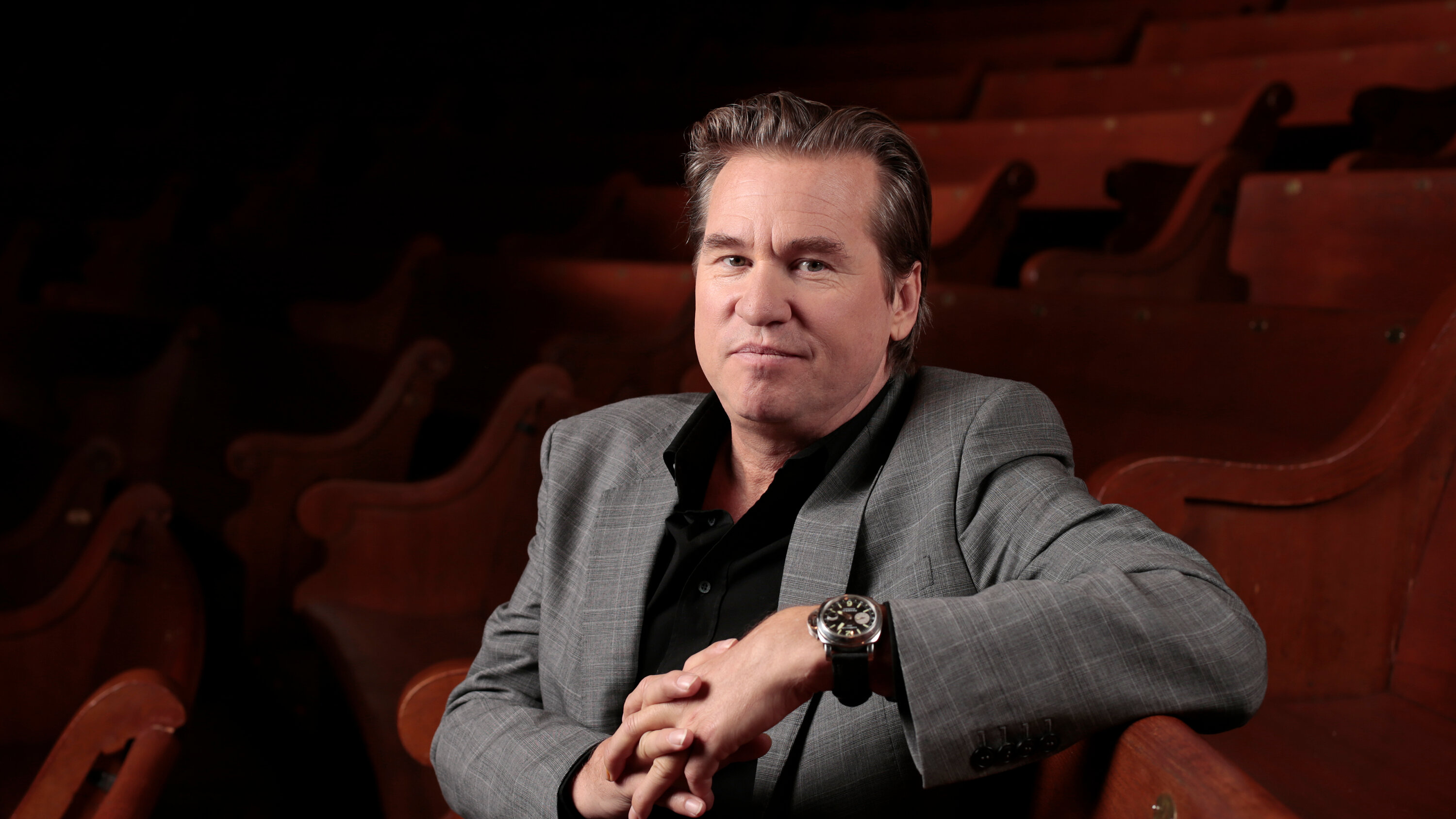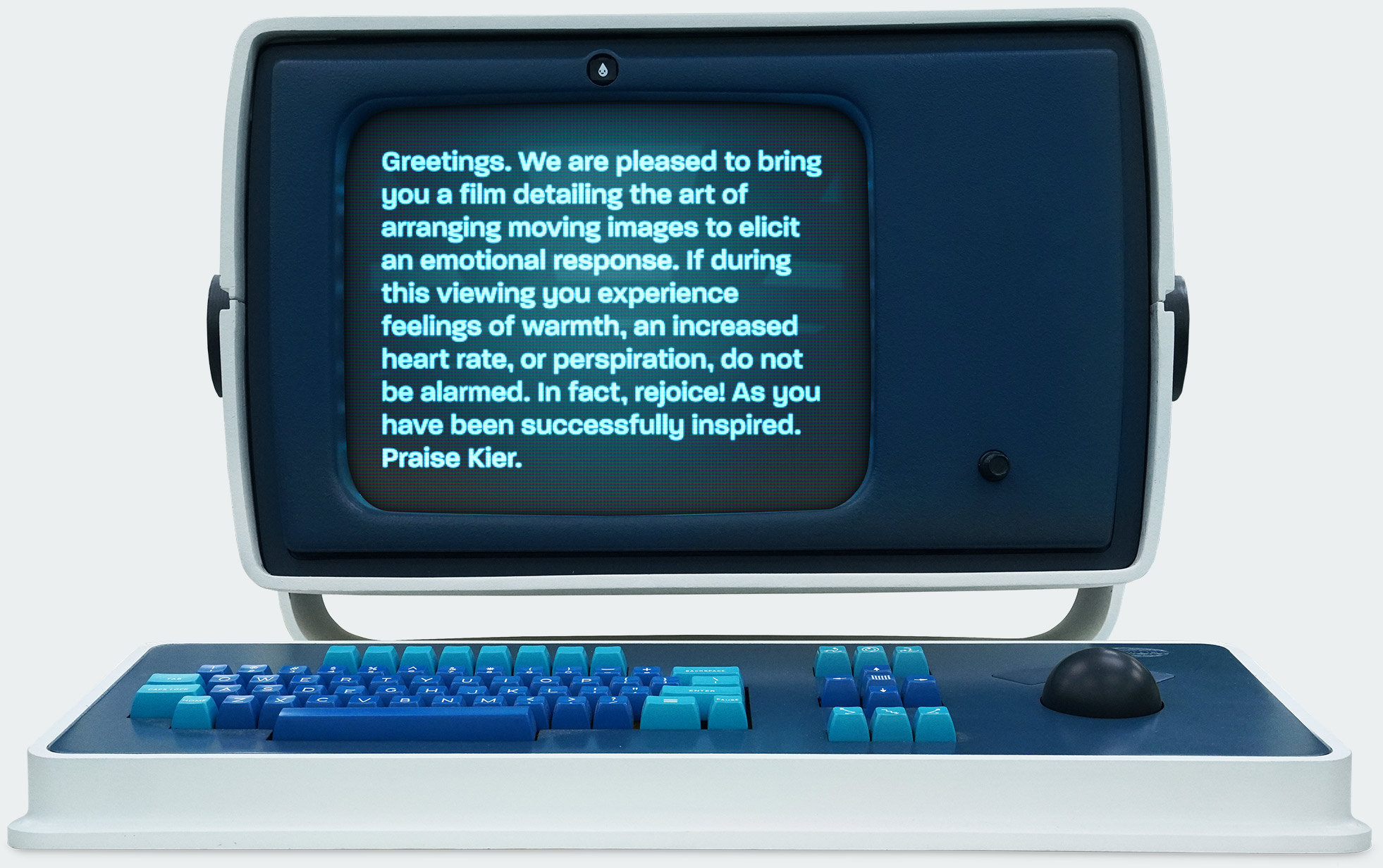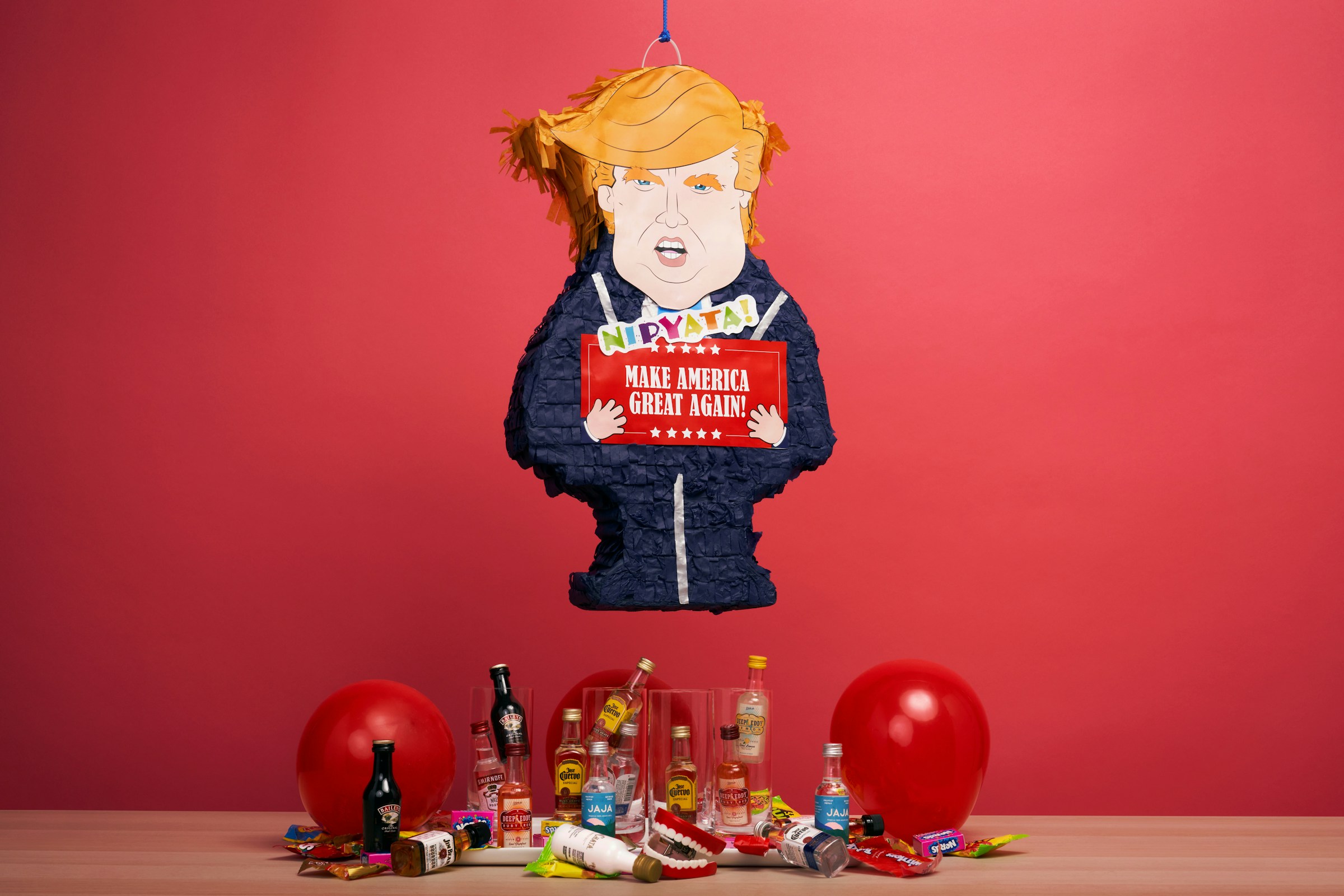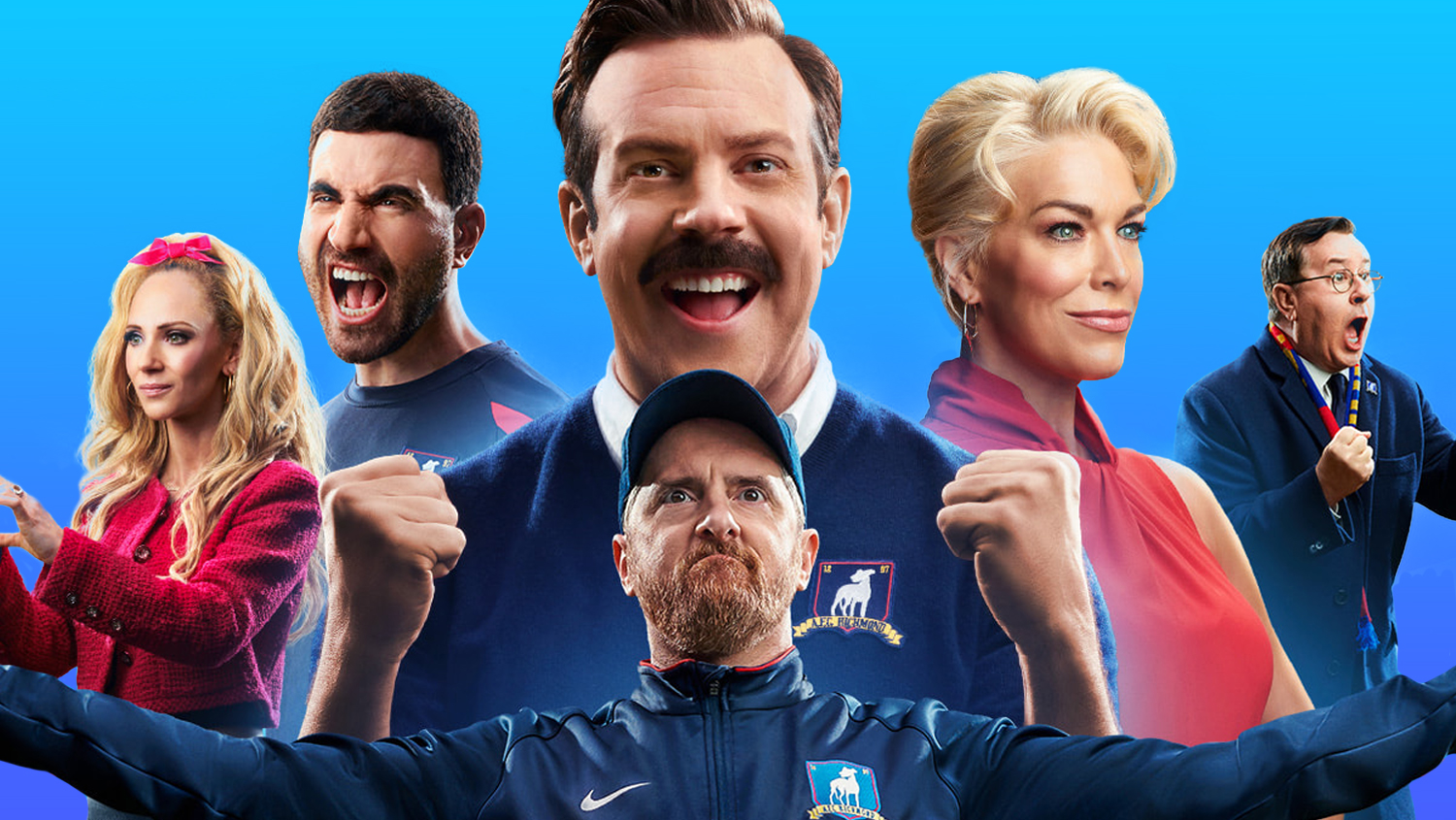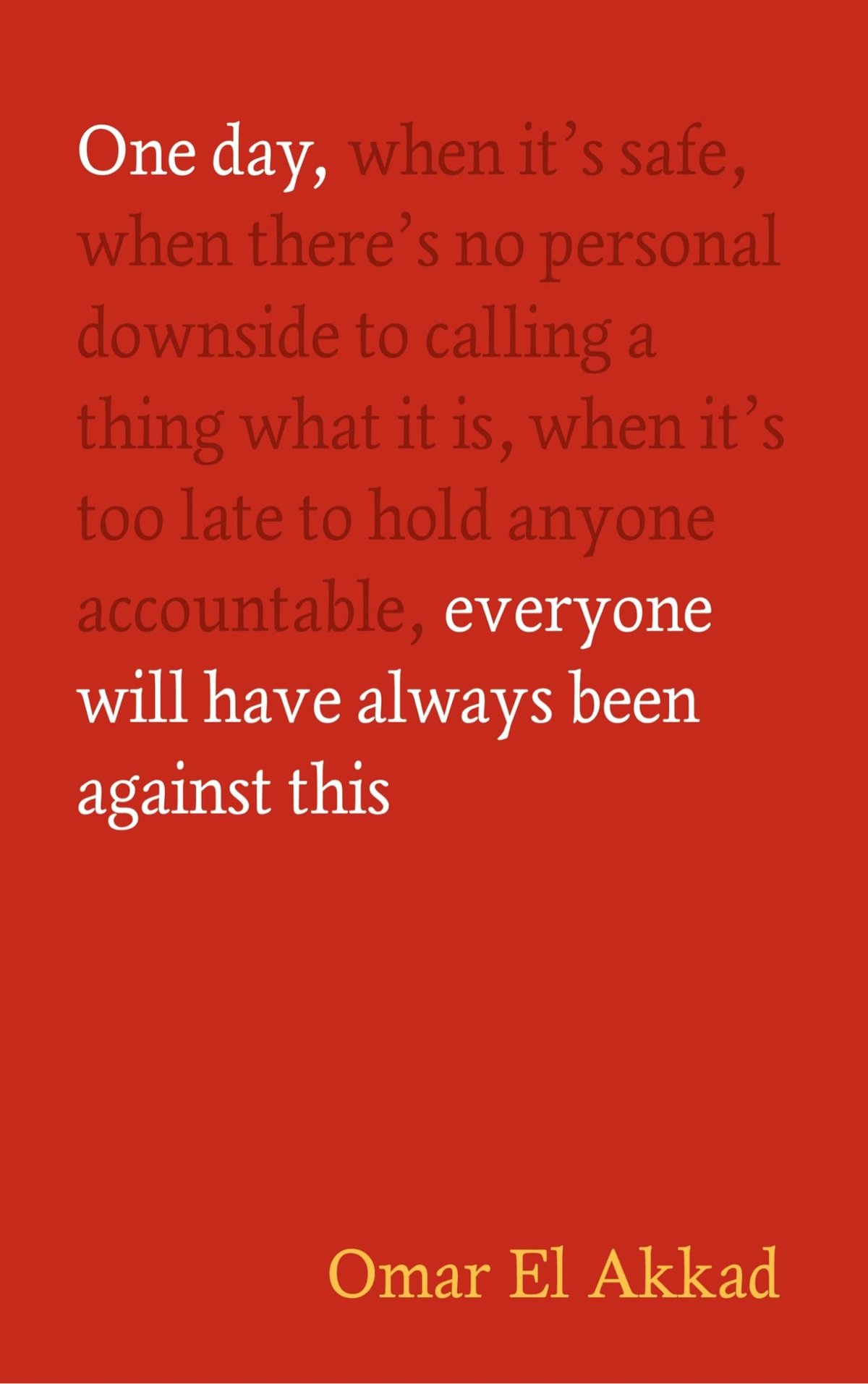
The Economist reporting:
When The Economist uses words like “looted, pillaged, raped and plundered” only to mock the president of the United States for saying them — well, you know things are off the rails.
On April 2nd, Donald Trump unilaterally detonated over a century of U.S. trade policy, launching what he hailed as “Liberation Day.” The truth? It was a deeply destructive, economically illiterate, and globally destabilizing move that marks one of the most dangerous turns in modern American history.
It’s hard to know which is more unsettling: that the leader of the free world could spout complete drivel about its most successful and admired economy. Or the fact that… he committed the most profound, harmful and unnecessary economic error in the modern era.
Trump’s grasp of economics seems inspired more by 19th-century protectionist fairy tales than any serious understanding of how the modern global economy works. His admiration for the tariff-heavy era before the Great Depression is not only misplaced — it’s outright dangerous. Economists overwhelmingly agree: tariffs deepened the Great Depression, and they will harm working people now just as they did then.
But here we are. A man with zero understanding of global trade is dragging America backward, cheered on by a party either too afraid or too complicit to stop him. And invoking the 25th Amendment? Sure, on paper it sounds sane. But look at the bench — JD Vance would be next in line. That’s like trading an arsonist for the guy who sells gasoline.
How did we get here? Through decades of anti-intellectualism, media echo chambers, and a political culture that rewards spectacle over substance. Trump didn’t create this moment—he’s the symptom. But make no mistake: this “Liberation Day” may one day be remembered not as a course correction, but as a historic unforced error.
And the rest of the world? It’s already planning how to limit the damage—because they know America just abdicated its economic leadership.
